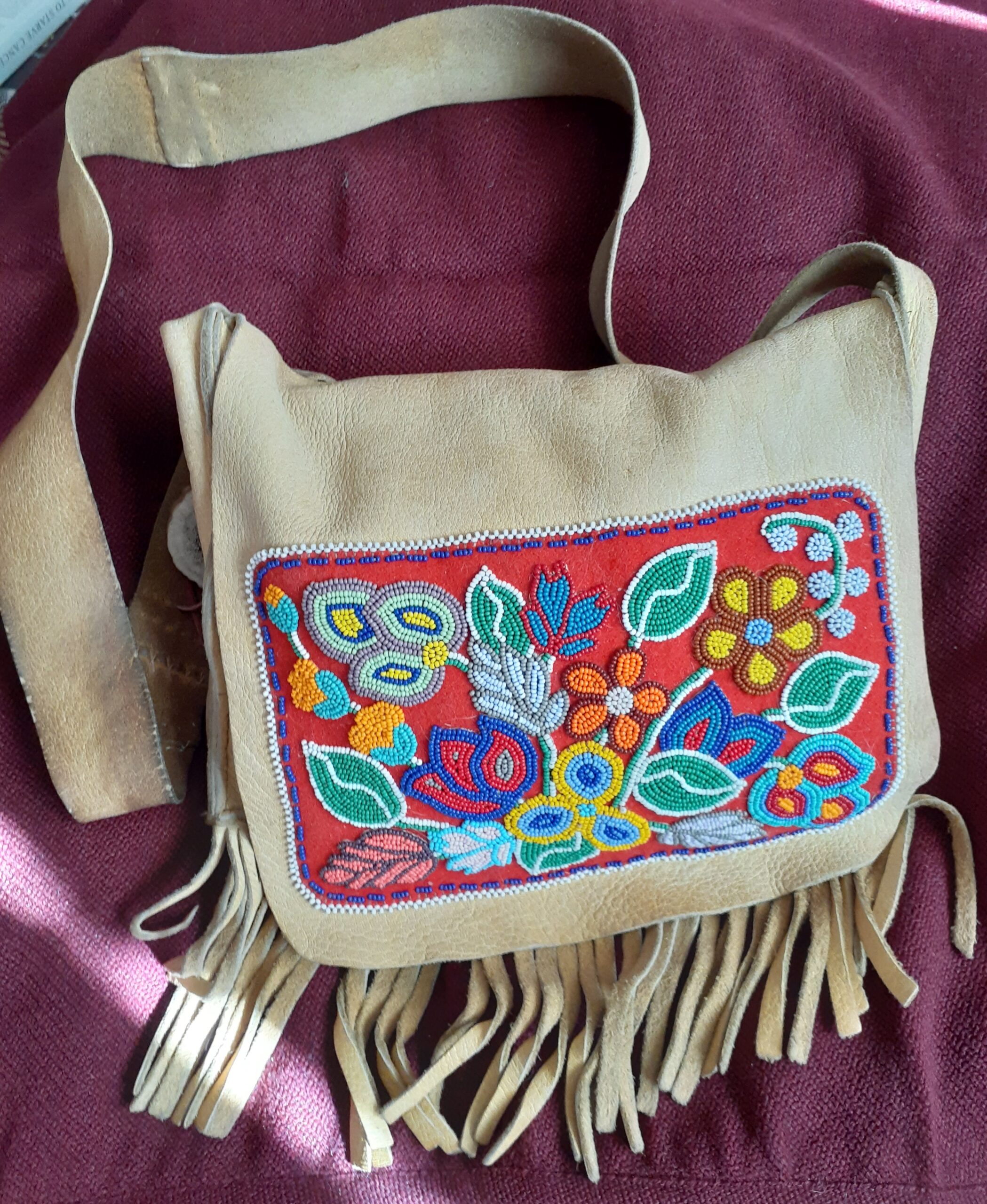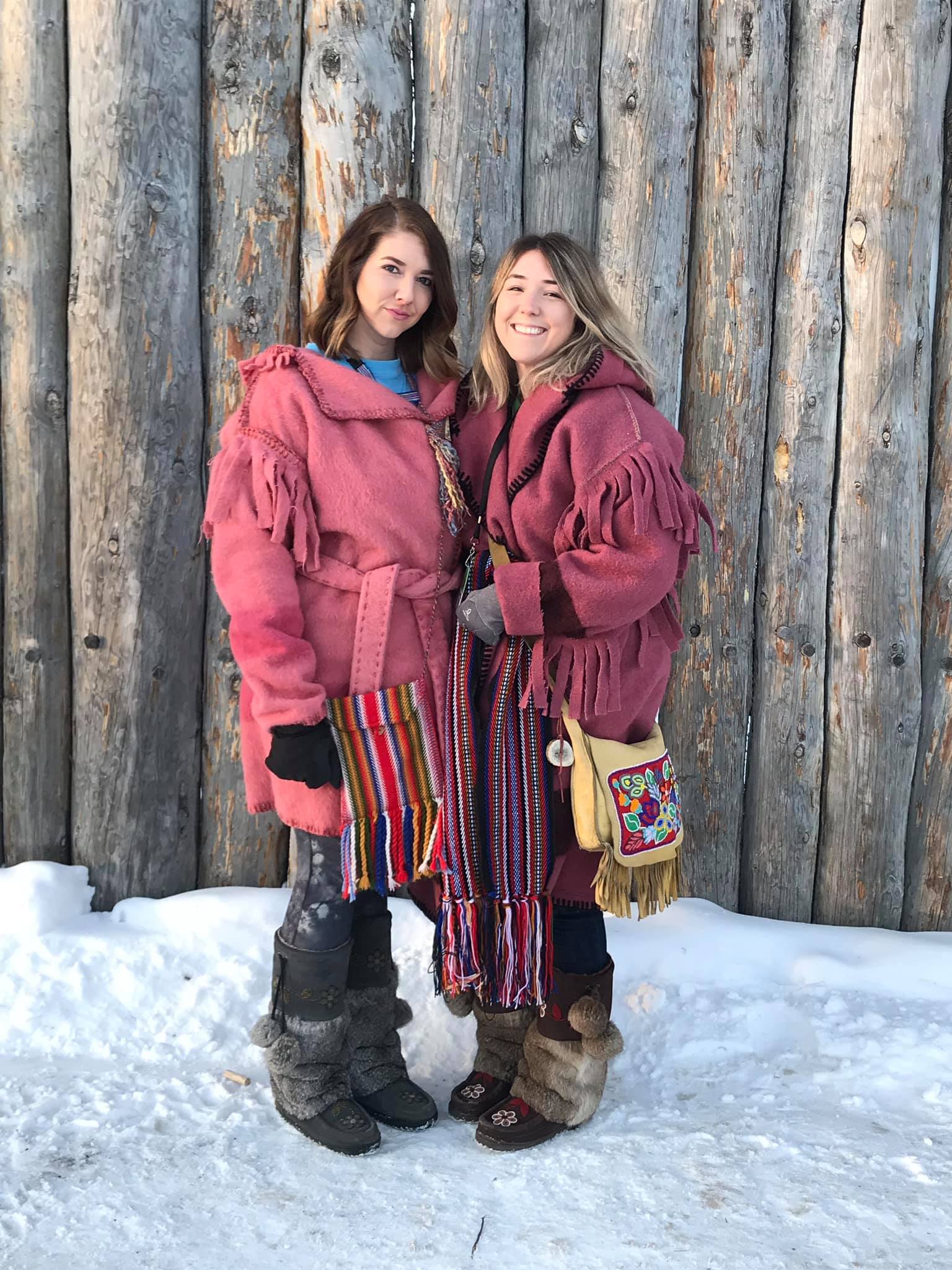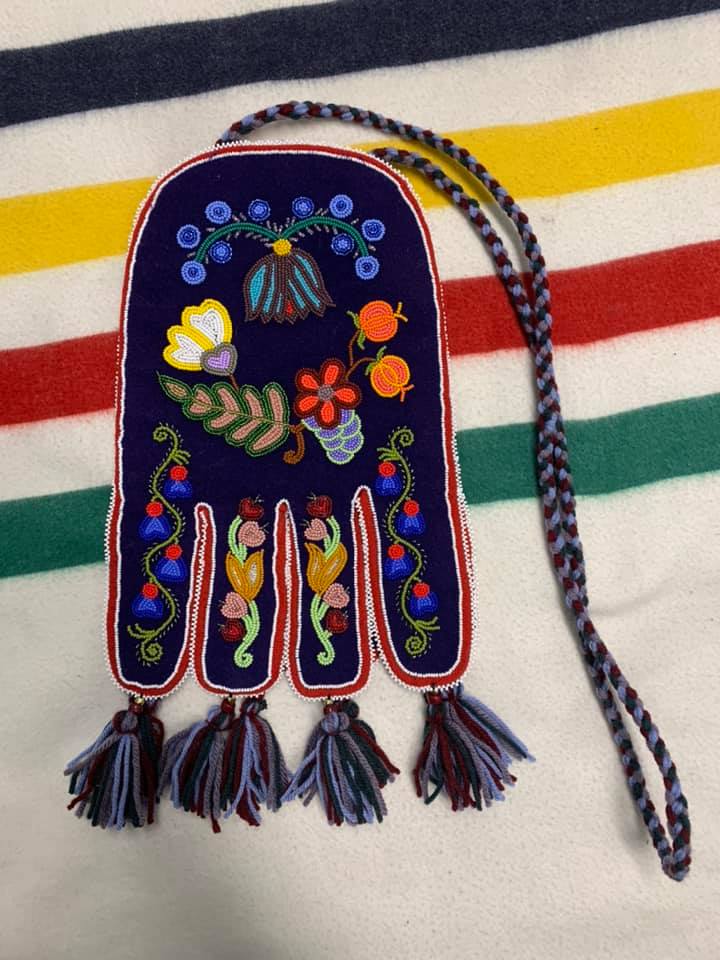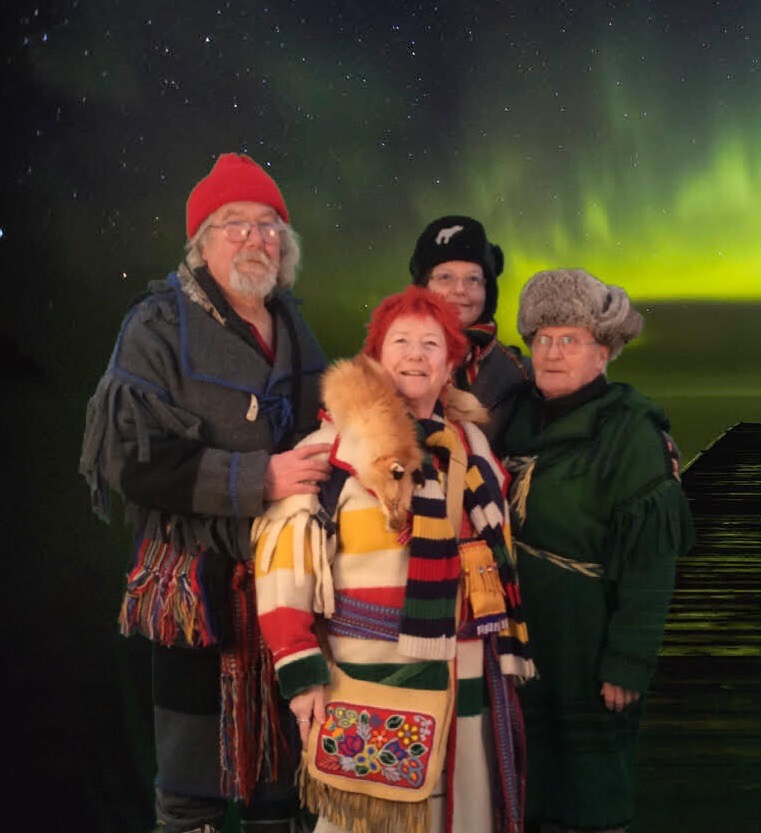Eastern Métis Identity
Project Summary
The histories and identities of Métis are not uniform across Canada (Green, 2011; Rivard, 2017; White & Dyck, 2013), and the histories of the western Métis have been better documented (Andersen, 2014; Friesen & Friesen, 2004; McLean, 1987; Osborne, 2002) than that of the eastern Métis. In fact, there is a paucity of research and information available on the experiences and histories of eastern Métis people. Our study examines how contemporary eastern Métis people negotiate their present-day reality and their identity regarding Métis-ness/Métissage.
If you are interested in participating, or have any questions regarding this research, please CONTACT US for more information. Contacting us does not put any obligation on you to participate. If you are interested in participating, please note that all interviews will be confidential and anonymous, unless you decide otherwise.
If you are interested in participating, or have any questions regarding this research, please CONTACT US. Contacting us does not put any obligation on you to participate. If you are interested in participating, please note that all interviews will be confidential and anonymous, unless you decide otherwise.
Project Description
In spite of the many historical treaties that were signed without the inclusion of Métis, the 1982 Constitution Act recognises Métis as one of three Aboriginal groups in Canada. Transcripts of recent court battles such as the Daniels v. Canada (2013) and R. v. Powley (2003) make it clear, however, that Métis people still face everyday and legal questioning about their identity, rights, and disenfranchisement (Chartrand, 2001; Green, 2011; Rivard, 2017; White & Dyck, 2013). Although these questions have been discussed in the literature, the conversation mainly focusses on the western Métis peoples and their histories, struggles, and successes (Andersen, 2014; Dubois & Saunders, 2017; Gaudry & Leroux, 2017; Green, 2009, 2011; Rivard, 2017). In that literature, the Red River Settlement and Louis Riel heritage occupy a central place (Green, 2011; White & Dyck, 2013); thus, western Métis people have been a powerful and important force in Canadian Métis political history (Dubois & Saunders, 2017; Osborne, 2002; White & Dyck, 2013). This literature reinforces the perspective that Métis only existed in the west (Gaudry & Leroux, 2017).
Yet, individuals, families, and communities in more easterly communities also identify as Métis (Green, 2011; Rivard, 2017; White & Dyck, 2013). How their cultural and historical heritage has come to be determined and contested remains largely ignored in both research literature and public awareness. Empirical documentation capturing the daily reality of individuals self-identifying as Métis in eastern Canada represent a gap deserving attention. The present study is in response to this situation. It employs a qualitative research methodology that centres the voices and experiences of contemporary self-identified eastern Métis peoples.
Our purpose is to contribute to a more complete and nuanced understanding of Canadian Métis identity and history. Through this research lens, interviews with self-identified Métis people residing east of Manitoba is the source of data that will come into focus. The group of individuals to be interviewed includes both ‘rights-bearing-Métis’ and non ‘rights-bearing-Métis.’ Whether or not an individual holds a membership in the Métis Nation of Ontario does not represent a criterion to meet for inclusion in the present research.
As with all of our research, this study centres a marginalised perspective with the goal of developing social policy recommendations that will promote equity and social justice.
If you are interested in participating, or have any questions regarding this research, please contact us for more information. Contacting us does not put any obligation on you to participate. If you are interested in participating, please note that all interviews will be confidential and anonymous, unless you decide otherwise.
References
Andersen, C. (2014). Métis: Race, recognition, and the struggle for indigenous peoplehood. UBC Press.
Chartrand, L. N. (2001). A commentary on Métis identity and citizenship from an international law perspective. Justice as Healing, 6(2), 1-8. Retrieved from https://ssrn.com/abstract=2339245
Constitution Act, 1982, Schedule B to the Canada Act 1982 (UK), 1982, c 11
Daniels v. Canada (Indian Affairs and Northern Development), 2016 SCC 12, [2016] 1 S.C.R. 99
Dubois, J., & Saunders, K. (2017). Explaining the resurgence of Métis rights: Making the most of “windows of opportunity”. Canadian Public Administration, 60(1), 48-67. doi:10.1111/capa.12196
Friesen, J. W., & Friesen, V. A. L. (2004). We are included! The Métis people of Canada realize Riel’s vision. Detselig Enterprises.
Gaudry, A., & Leroux, D. (2017). White settler revisionism and making Metis everywhere: The evocation of metissage in Quebec and Nova Scotia. Critical Ethnic Studies, 3(1), 116-142.
Green, J. (2009). The complexity of Indigenous identity formation and politics in Canada: Self-determination and decolonisation. International Journal of Critical Indigenous Studies, 2(2), 36-46. Retrieved from http://www.isrn.qut.edu.au/pdf/ijcis/v2n2_2009/Final_Green.pdf
Green, J. (2011). Don’t tell us who we are not: Reflections on the Metis identity. Aboriginal Policy Studies, 1(2), 166-170.
McLean, D. G.(1987). Home from the hill: A history of the Metis in western Canada (2nd Ed.). Gabriel Dumont Institute of Native Studies and Applied Research.
Osborne, B. S. (2002). Corporeal politics and the body politic: The representation of Louis Riel in Canadian identity. International Journal of Heritage Studies, 8(4), 303-322. doi: 10.1080/1352725022000037209
R. v. Powley, [2003] 2 S.C.R. 207, 2003 SCC 43
Rivard, E. (2017). The indefensible in-betweenness or the spatio-legal arbitrariness of the Metis fact in Qubec. Spatial Justice, 11, [16 pages]. Retrieved from https://www.jssj.org/wp-content/uploads/2017/03/JSSJ11_8_VA.pd
White, V., & Dyck, L. E. (2013). “The people who own themselves”: Recognition of Metis identity in Canada (Report No. 10). Retrieved from Government of Canada Publications: http://publications.gc.ca/collections/collection_2013/sen/yc28-0/YC28-0-411-12-eng.pdf



Purpose and Importance
of this Study
Developing a theoretical model for eastern Métis peoples’ identity by paying attention to the dynamic processes of marginalisation
Centering the perspective of eastern Métis peoples as expert insiders, and explores personal and community identity from their retrospective and contemporary experiential knowledge
Examining identity from the individual’s life experiences by taking a holistic and inclusive standpoint that recognises the social, historical, and cultural influences, both locally and extra-locally
Developing relevant, pragmatic, culturally sensitive, and empirically based recommendations to enhance the well-being of all Métis peoples
Using an interdisciplinary research methodology that integrates Indigenous and non-Indigenous approaches
Support for this Study





